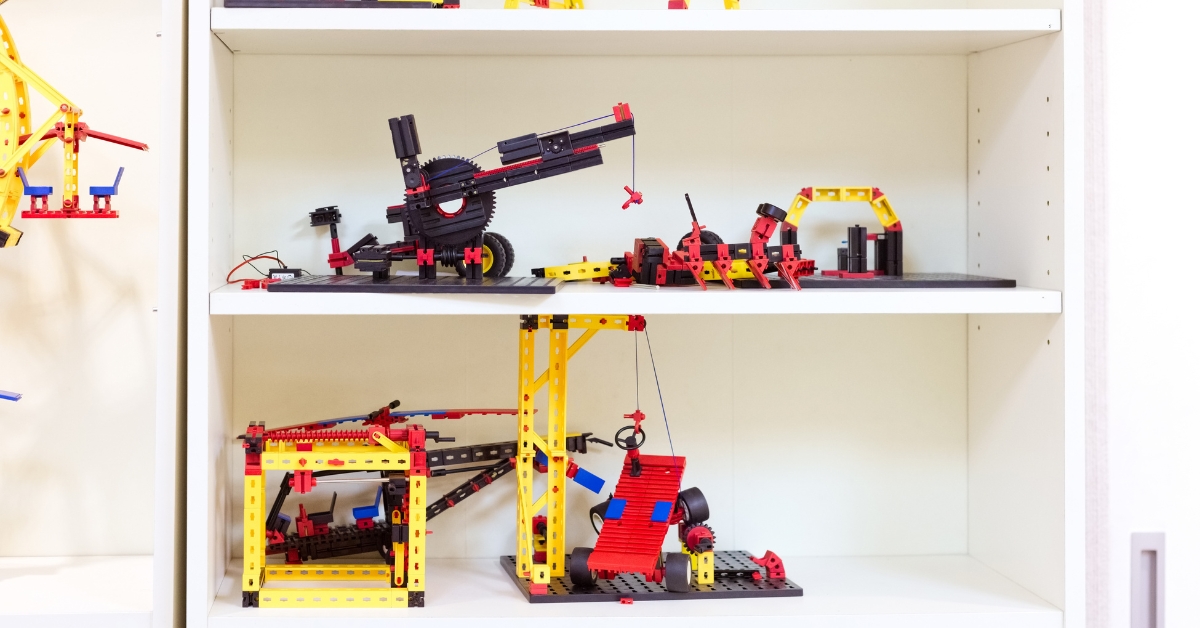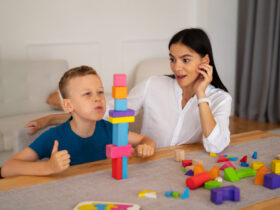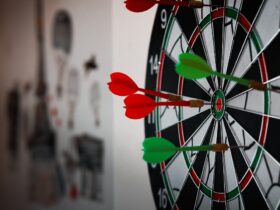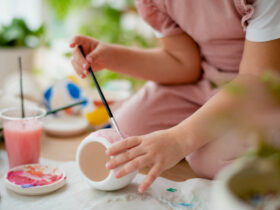Can a simple play session shape the way a child thinks for life? Every time young minds tinker with gears, code a tiny robot, or send a marble racing through a hand-built maze, they are doing far more than passing time. They are building problem-solving muscles, experimenting with trial and error, and discovering that curiosity leads to real answers. In short, they are stepping into the world of STEM — science, technology, engineering, and mathematics — before they even realise it.
What Makes a Toy “STEM”?
STEM toys go beyond bright colours and catchy sounds. They put authentic scientific or mathematical ideas into a child-friendly format and invite kids to explore them through play. The best designs let children follow their own questions, predict outcomes, then test them, and refine their approach when things do not work out as planned.
That loop of curiosity, experimentation, and reflection mirrors the way real scientists and engineers solve problems. Take Air Toobz as an example. This is a modular set of tubes, connectors, and lightweight balls that teaches airflow and cause-and-effect through hands-on tinkering. Children arrange the tubes in endless patterns, switch on the fan, and immediately see how changes in speed or angles affect the balls’ path. Before long, they have grasped core physics ideas without a single worksheet.
Brain Benefits You Can See
Research shows that playful investigation boosts neural connections linked to reasoning, language, and executive function. Children who regularly engage with STEM-oriented play often display:
- Strong spatial reasoning — they picture objects in three dimensions and plan complex builds
- Flexible thinking — they adapt when an experiment surprises them
- Better focus — they stay on task because the activity feels meaningful and fun
That mental workout carries over to classroom tasks, from decoding fractions to writing persuasive essays.
Core Skills STEM Toys Build
- Critical thinking – Kids ask “Why?” and “What if?” with every tweak.
- Creativity – Open-ended parts encourage original solutions.
- Collaboration – Siblings or classmates naturally divide roles and share ideas.
- Persistence – A tower collapses, a circuit fails, and they try again until it works.
- Numeracy – Counting pieces, measuring distances, and timing results weave numbers into play.
- Fine motor control – Small parts demand precise hand movements, strengthening dexterity.
Real-World Relevance
STEM learning is not only about becoming an engineer later in life. Everyday tasks rely on the same skills, from planning a grocery budget to fixing a leaky tap. When children handle pulleys, circuits, or coding blocks, they see that complex systems are understandable and changeable. That sense of agency is priceless.
The Role of Play in Future Careers
Automation and artificial intelligence are transforming job markets, yet roles that involve creative problem-solving are growing. Children who cut their teeth on engineering toys feel at ease dissecting a problem, testing solutions, and presenting results. Employers value those traits as much as, if not more than, specific technical knowledge.
The Importance of Failure
Adults often rush to stop children from making mistakes, yet small, safe failures teach more than instant success. When a bridge of blocks collapses, the young builder can ask, “Was it too tall? Did I miss a support?” STEM toys normalise iteration. Children learn that each setback is simply data for the next attempt, cultivating resilience well beyond the playroom.
Integrating STEM Play Into Daily Life
- Dedicate a shelf or basket for building sets so they remain visible and inviting.
- Rotate toys every few weeks to renew interest without constant new purchases.
- Pair storybooks with relevant kits, such as space tales alongside a solar-system model.
- Invite children to explain their design choices, strengthening language skills as they teach you.
- Use household items — cardboard tubes, elastic bands, pegs — to expand sets creatively.
Screen Time vs. Hands-On Time
Digital apps can introduce coding or geometry, yet they cannot replace the tactile feedback of physical pieces clicking together or balls whooshing through tubes. Striking a balance keeps children’s senses engaged and prevents passive consumption.
Common Misconceptions About STEM Toys
“They are only for gifted kids.”
In reality, open-ended sets meet each child where they are, allowing beginner and advanced challenges alike.
“They are expensive.”
Prices range widely, and many everyday items double as engineering materials. Quality purchases also offer years of use, reducing long-term cost.
“They are for boys.”
Interest in building, coding, and science has nothing to do with gender. Ensuring access for girls is crucial for closing future skill gaps.
Beyond Primary Years
STEM play evolves with age. Early primary students might explore simple magnets and ramps, while upper primary learners dive into basic robotics or renewable energy kits. Adolescents can design apps, build drones, or map constellations. The core cycle of questioning, testing, and refining stays constant, fostering lifelong learning habits.
Ready, Set, Innovate
STEM toys turn living rooms into laboratories and backyards into launchpads. When children snap together gears, reroute airflow, or program a rover, they practise thinking patterns that power innovation in every field. Invest in a handful of well-chosen kits, offer encouragement, and watch curiosity light a path toward future discoveries.







